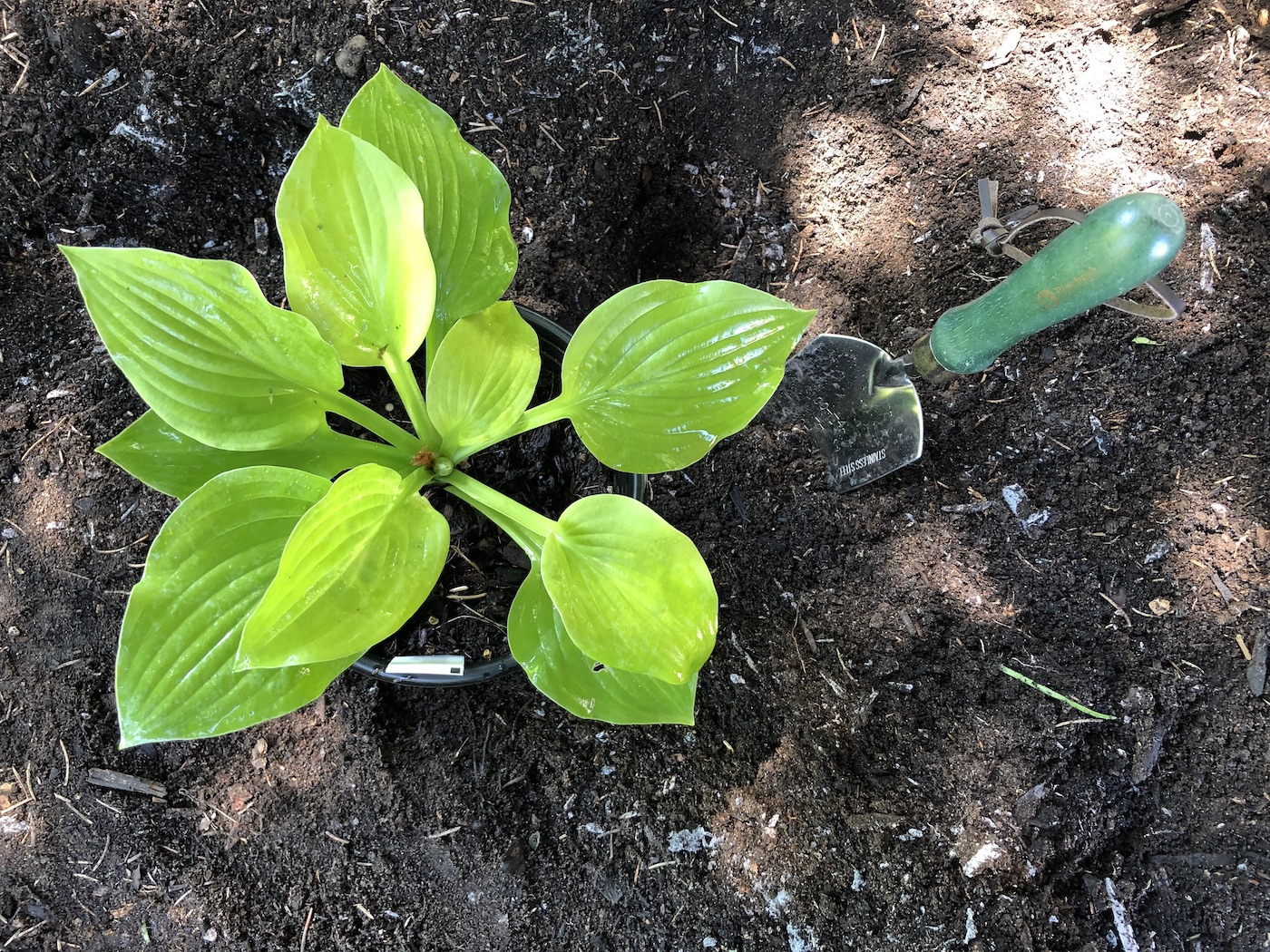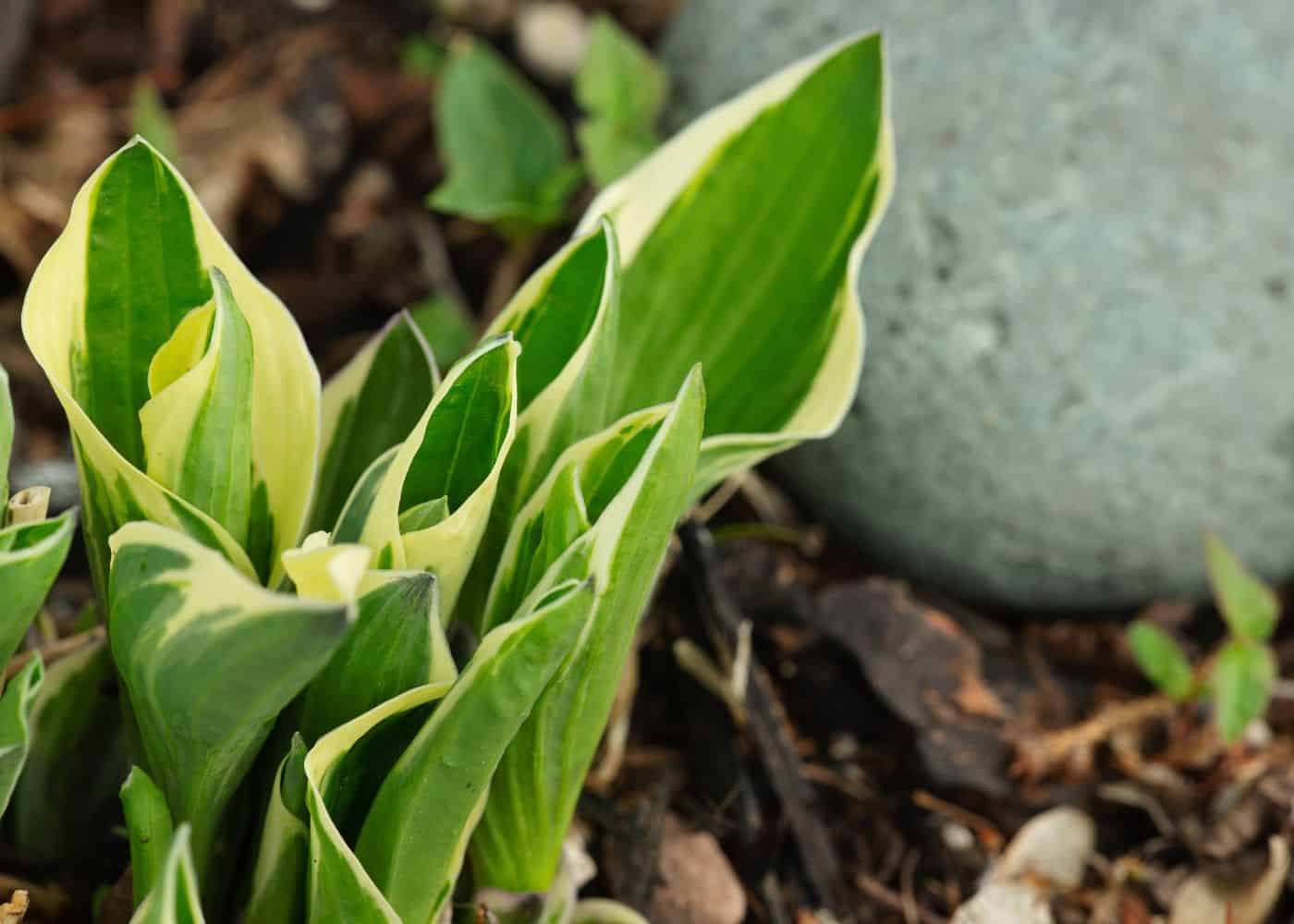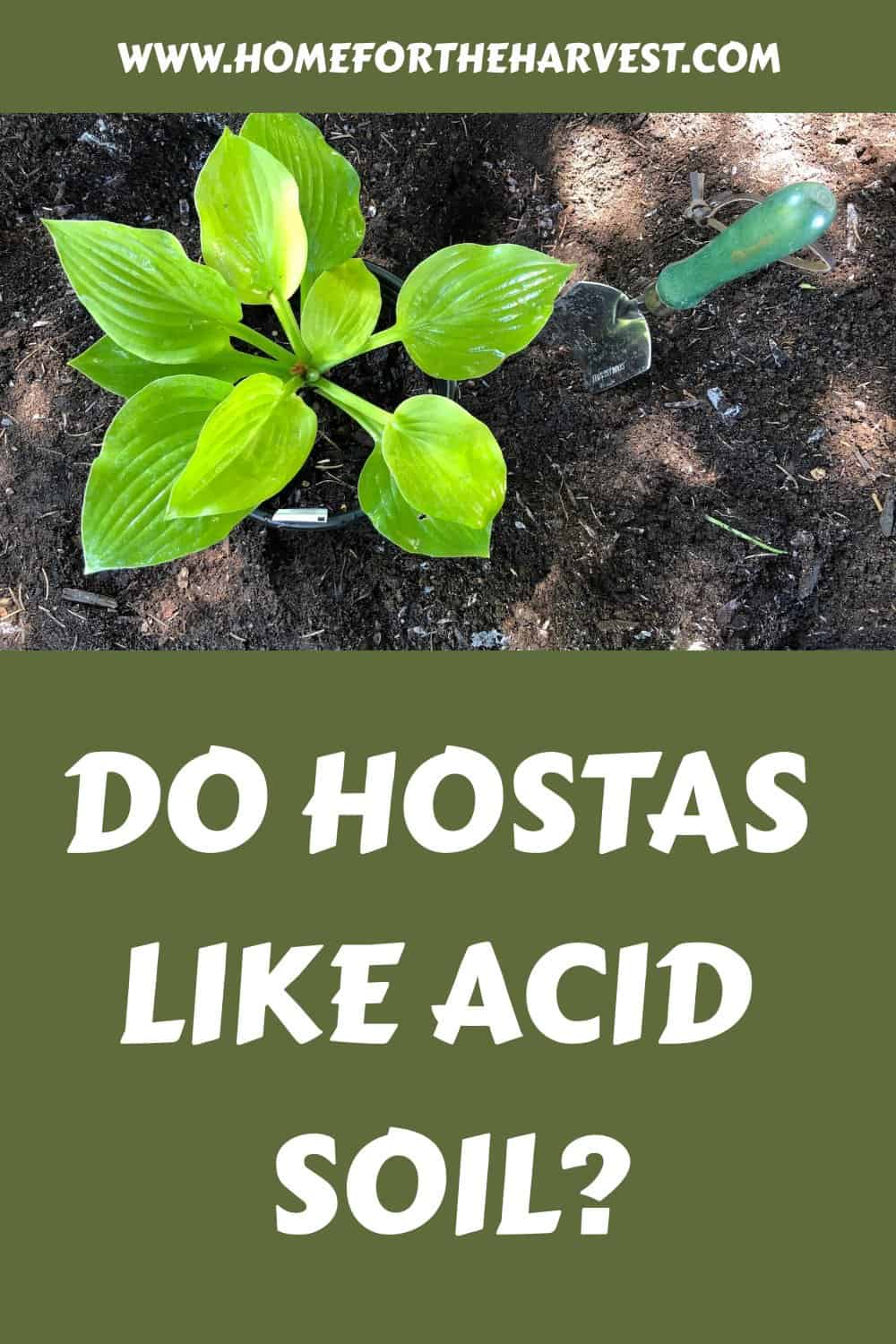Hostas typically grow very well in acidic soil. The ideal soil pH level for most hostas is approximately 6 (slightly acidic). Hostas in overly chalky alkaline soil may suffer from chlorosis due to insoluble minerals.
A soil test can provide insight into how acidic your soil is. Neutral or alkaline soil can be brought down in pH with organic soil acidifier products like sulfur or gypsum. Overly acidic soil can be brought closer to a pH of about 6 with garden lime.
Growing hostas in acidic soil
Hostas are versatile plants that are tolerant of a wide range of soil conditions. While they are tolerant of alkaline soil, these foliage perennials grow best in slightly acidic soil.
A pH level of 6 is considered optimal for growing hostas. This is considered acidic. A laboratory soil test is the best way to get an accurate reading of the pH of your soil.
Alkaline soil (soil with a pH greater than about 7.5) is not the best for growing hostas. Chlorosis is common in alkaline soils. While the soil may contain vital minerals, the molecules are bound in insoluble compounds and unavailable for uptake by the plant. Lowering the soil pH helps the plants absorb the nutrients, as well as a host of other factors, such as soil temperature.
“Hostas are tolerant of a wide range of soil types but grow best in a rich, friable loam with a pH of about 6. They are less tolerant of shallow soils over chalk: green-leaved varieties tend to exhibit the typical symptoms of chlorosis (the areas between the veins turn yellow or yellowish while the veins remain green), and blue-leaved varieties assume a muddy tinge.”
The New Encyclopedia of Hostas, by Diana Grenfell
In addition to this slightly acidic pH, hostas grow best in a loose, friable sandy loam soil rich in organic matter. Gardeners commonly enrich the soil and adjust the pH in the expected footprint of the plant prior to planting. Soil can also be mulched with organic compost on a frequent basis to help boost organic matter.

Amending soil for pH level
Soil can easily be amended with organic ingredients to adjust the pH level. In general, overly acidic soil can be brought closer to neutral with powdered limestone, while alkaline soil can be brought closer to neutral with sulfur.
Amending acidic soil with a pH below 6
While hostas are tolerant of acidic soil, they may not thrive in overly acidic soil. If your pH levels come back from the soil test quite low, the laboratory may recommend increasing the pH slightly. This is commonly done with garden lime, an organic soil amendment derived from limestone/dolomite lime (generally considered safer than hydrated lime).
Garden lime can either be mixed into the soil prior to planting the hosta or sprinkled on the soil surface around a planted hosta’s stems. Add the lime in small increments and check the pH level often.
How to bring up soil pH for hostas
A typical application for pre-planting is to combine around a cup of garden lime and some organic material like homemade compost or rotted manure into the soil over the footprint of the anticipated size of the mature plant.
For established plants, garden lime is most commonly applied in early spring, late spring, and/or fall. Application rates will depend on the product formulation and the pre-amendment acidity of the soil. Very acidic soils may require several cups of lime. Sprinkle the garden lime under the leaves of the plant out to the drip line/edge of the leaves. Water thoroughly after applying the lime to the soil.
Amending alkaline and neutral soil with a pH greater than 6
Hostas are tolerant of neutral and slightly alkaline soil but will not thrive in soil with a truly high pH. This includes soil naturally rich in limestone (calcium carbonate) or overlying limestone bedrock. Gardeners with alkaline soil often acidify their soil to bring the pH down closer to a level of about six or so. This is easy to do with an organic soil acidifier.
Most organic soil acidifiers are made of elemental sulfur and gypsum. These minerals are generally thought to be safer for garden use than aluminum sulfate. That said, always wear gardening gloves and follow the safety instructions on the package.
Soil acidifier products can either be mixed into the soil prior to planting the hosta or sprinkled on the soil surface around the hosta’s stems. When adding sulfur to the soil, do so in small increments and check the pH level frequently. Sulfur is a very strong acidifier, and it’s possible to make the soil too acidic accidentally. Gypsum is another popular organic soil amendment for increasing acidity. It also has the added benefit of improving drainage in heavy clay soils.
How to acidify soil for hostas
While application instructions on different products vary, a common application for pre-planting is to mix about a cup of organic acidifier and some organic material like homemade compost or rotted manure into the soil over the footprint of the expected size of the mature plant.
For established hostas, start by sprinkling some soil acidifier around the base of the plant under the leaves and out to the drip line. Water the soil well. Continue testing pH to monitor the levels. You can apply a soil acidifier every two months during the growing season until the soil reaches a pH of about 6. Don’t apply soil acidifier to frozen soil.







